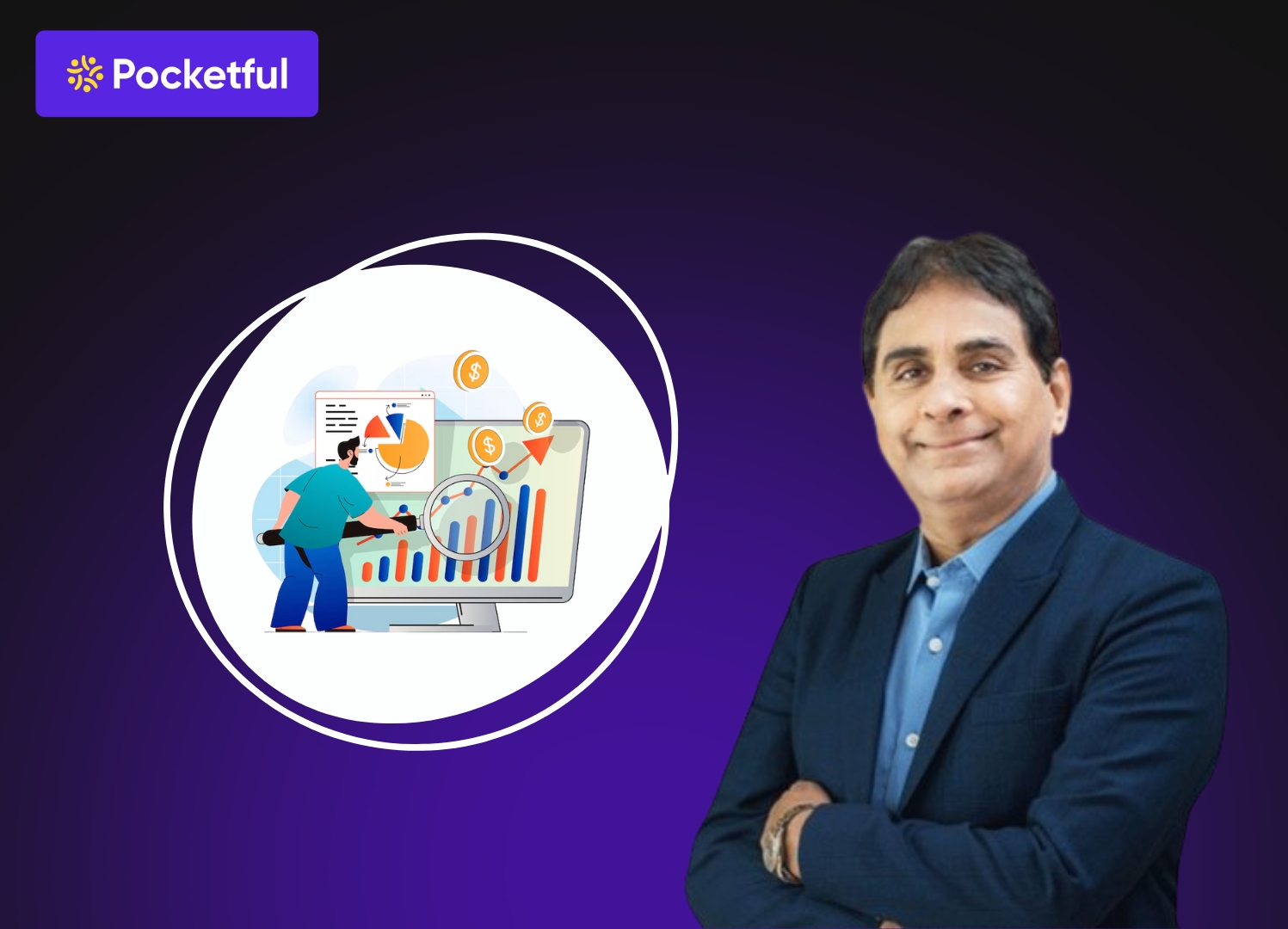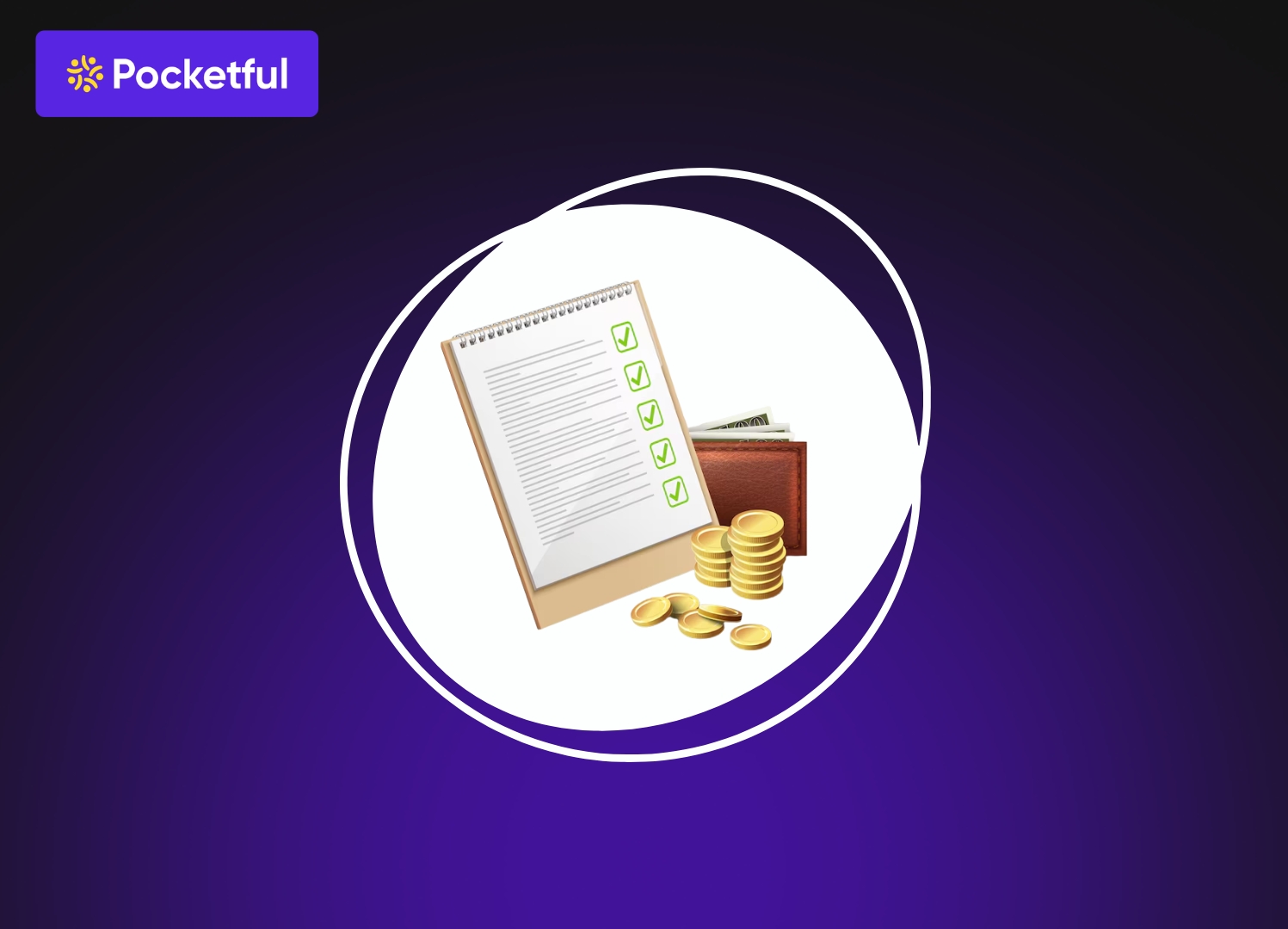As the winter season came, air pollution became a hot topic among the people. And the companies identified air pollution as an opportunity and started manufacturing air purifiers. This also acts as a great investment opportunity for the investors, as rising health concerns and increasing awareness continue to boost demand for reliable, technology-driven purification solutions across major cities.
In today’s blog post, we will give you an overview of the top air purifier stocks along with the benefits of investing in them.
What are Air Purifier Stocks?
Air Purifier stocks are the shares of those companies which are primarily engaged in manufacturing, distribution, and providing technology for air purifiers. These stocks are now becoming investors’ favourites because of increasing demand for air purifiers due to an increase in concern over air quality and respiratory diseases.
Top Air Purifier Stock to Buy in India
- Havells India Limited
- Voltas Limited
- Bluestar Limited
- Eureka Forbes Limited
- Hindware Home Innovation Limited
| Company | Current Market Price (INR) | Market Capitalisation (in INR crore) | 52-Week High | 52-Week Low |
|---|---|---|---|---|
| Havells India Limited | 1,425 | 89,339 | 1,783 | 1,381 |
| Voltas Limited | 1,355 | 44,854 | 1,859 | 1,135 |
| Bluestar Limited | 1,766 | 36,323 | 2,417 | 1,521 |
| Eureka Forbes Limited | 582 | 11,268 | 656 | 461 |
| Hindware Home Innovation Limited | 332 | 2,782 | 393 | 177 |
Overview of Best Air Purifier Stocks in India
The overview of the best air purifier stocks in India is as follows:’
1. Havells India Limited
The company was established in 1958 by Qimat Rai Gupta. Initially, it was engaged in the trading of electrical goods, and in 1971, it acquired Havells, which later became the flagship brand for the company. It started manufacturing cables and switches in 1980. In 2007, it acquired Sylvania, an international lighting company. It also acquired Lloyd in 2017, which was engaged in the consumer durable segment. Now, Havells India is well-known for its offerings like air purifiers and water purifiers. The company’s head office is situated in Noida.
2. Voltas Limited
Voltas was incorporated in 1954 as a result of a partnership between Volkart Brothers and Tata Sons. Initially, the company sold air conditioners; later, they expanded their range of products to include air coolers, water dispensers, and commercial refrigeration. The company recently partnered with the Koc-owned Beko Group, a Fortune 500 company in Europe, to manufacture household appliances such as washing machines, refrigerators, air purifiers, etc. The business has completed a number of major projects in Saudi Arabia, Oman, Qatar, and the United Arab Emirates. Its headquarters are situated in Mumbai.
3. Bluestar Limited
Mohan T. Advani founded Blue Star Limited in 1943. The company’s primary focus is on repairing and reconditioning air conditioners and refrigerators. In 1961, the company partnered with an American company to design and manufacture air conditioners. Later, it also started manufacturing air purifiers. In 1970, Voltas became the sole distributor of HP. It has also collaborated with international companies like Mitsubishi and Worthington. The company’s headquarters are situated in Mumbai.
4. Eureka Forbes
Eureka Forbes company was incorporated in 1982 as a result of a joint venture between a Tata Group company, Forbes and Electrolux of Sweden. The company is well known for its water purifiers, known by the brand Aquaguard. It also offers vacuum cleaners, air purifiers, etc. It has one of Asia’s direct sales forces. In 2022. Advent International acquired a majority stake in the company. The company’s headquarters are situated in Mumbai.
5. Hindware Home Innovation Limited
Hindware was one of the oldest Indian brands incorporated in 1960, which was earlier known as Somany, and it focused on sanitaryware, etc. Hindware Home Innovation Limited was established in 2017 as a result of the demerger from its parent company. The company has rapidly expanded from sanitaryware to consumer appliances such as air purifiers, chimneys, etc. The company’s head office is situated in Kolkata.
Read Also: List of Best Chemical Stocks in India
Key Performance Indicators (KPIs)
The key performance indicators of the best Air Purifier stocks to buy in India are as follows:
| Company | Debt to Equity | ROE (%) | ROCE (%) | Operating Profit Margin (%) | Net Profit Margin (%) |
|---|---|---|---|---|---|
| Havells India Limited | 0 | 17.68 | 22.51 | 9.33 | 6.75 |
| Voltas Limited | 0.13 | 12.91 | 19.31 | 8.94 | 6.23 |
| Bluestar Limited | 0.07 | 19.28 | 24.82 | 6.87 | 4.95 |
| Eureka Forbes Limited | 0 | 3.72 | 4.12 | 9.11 | 6.74 |
| Hindware Home Innovation Limited | 0.93 | (8.78) | 4.48 | 2.41 | (1.98) |
Benefits of Investing in an Air Purifier Stock
The key benefits of investing in an Air Purifier stock are as follows:
- Increasing Demand: Due to the worsening air quality in many cities of India, the demand for products related to air purifiers is increasing, thereby increasing the revenue and profitability of these companies over time.
- Portfolio Diversification: By investing in the Air Purifier stock, one can diversify their investment portfolio and reduce risk.
- Government Support: The Government is focusing on clear air initiatives and promoting policies related to improving the air quality index.
Factors to Consider Before Investing in Air Purifier Stocks
There are various factors which one should consider before investing in an Air Purifier stock, a few of which are as follows:
- Financial Performance: A company’s financial performance, such as its revenue, profits, etc., financially stable companies tend to perform better than others.
- Government Policies: One must regularly monitor the policies of the government related to clean air. Any strict norms of policy can significantly impact the company’s performance.
- Raw Material: Any rise in the input cost or raw material related to the production of an air purifier can significantly impact the company’s profit margin.
Future of Air Purifier Stocks in India
The future of air purifier stocks is very bright. The air purifier industry is growing at a CAGR of 14% and is expected to reach 16000 crores by the end of 2033. There are very limited companies engaged in this sector, hence due to limited competition, the profit margins of the companies are high. However, an increase in input costs in future can significantly impact the company’s profitability. But due to growth projections, one can consider investing in Air Purifier stocks for the long term.
How to Invest in Air Purifier Stocks in India: 5 Simple Steps
- Open a Demat & Trading Account with Pocketful: Start by creating your Demat account on Pocketful, a fast and reliable platform to buy and sell stocks easily.
- Research the Top Purifier Companies: Explore leading brands like Havells, Voltas, Bluestar, Eureka Forbes, and Hindware to understand their business strength and product range.
- Analyse the Financial Health: Check key indicators such as revenue growth, ROE, ROCE, profit margins, and debt levels to identify fundamentally strong stocks.
- Study Market Demand & Pollution Trends: Look at rising air pollution levels, seasonal spikes, and government clean-air policies—all of which influence purifier stock growth.
- Invest Through Pocketful & Track Regularly: Buy your selected purifier stocks directly through the Pocketful app and keep monitoring their performance for smart, long-term returns.
Read Also: List Of Best FMCG Stocks In India
Conclusion
On a concluding note, the increasing concern about air pollution has increased awareness among the public. Indian businesses find it an opportunity and have started manufacturing air purifiers for indoor air quality. Investment in the stocks of air purifier companies provides an opportunity to create wealth in the long run. However, it is advisable to consult your investment advisor before making any investment in air purifier stocks.
Frequently Asked Questions (FAQs)
Name some Air Purifier Stocks?
The popular air purifier stocks include Havells India Limited, Voltas Limited, Bluestar Limited, Eureka Forbes Limited, and Hindware Home Innovation Limited.
What are air purifier stocks?
The air purifier stocks are the shares of those companies which are primarily engaged in manufacturing, designing, and developing technologies related to air purification or purifiers.
What are the factors which need to be considered before investing in air purifier stocks?
The key factors which one should consider before investing in air purifier stocks are product portfolio, financial performance, market share, government regulations, etc.
In which season do air purifier stocks perform well?
Air purifier stocks generally perform well during the winter season, as due to smog and pollution, the demand for air purifiers tends to increase; however, commercial demand will be there throughout the season.
Why invest in air purifier stocks?
One should invest in air purifier stocks because of the increasing pollution levels. Air purifiers are becoming a necessity rather than a luxury. Due to an increase in demand, the companies engaged in manufacturing air purifiers can be considered a good investment option.










